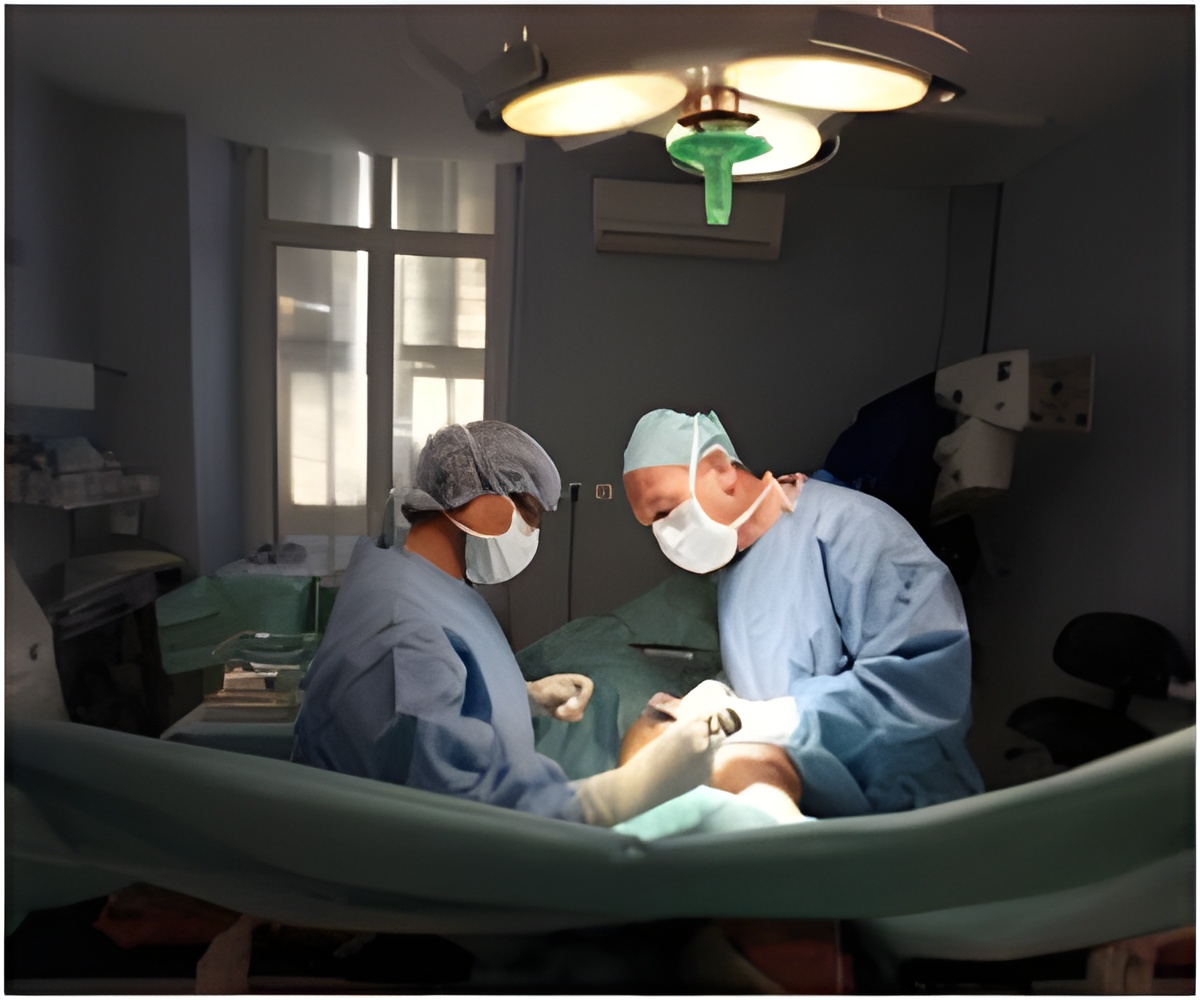General anesthesia reflects a communication breakdown in the cortex, even though sensory information is getting processed in isolated cognitive islands.

TOP INSIGHT
General anesthesia reflects a communication breakdown in the cortex, even though sensory information is getting processed, but the processing appears to occur in isolated cognitive islands.
Turns out, two adjacent parts of the brain that work together in the waking state simply stop talking to each other under general anesthesia. When awake, communication between the primary somatosensory cortex and the primary motor cortex is critical to normal function.
"This supports the idea that what anesthesia does to cause unconsciousness is interrupt communication between brain areas, stopping the processing of higher-level information," says first author Karen Schroeder, a doctoral candidate in the U-M Department of Biomedical Engineering. "This was the first time anyone directly observed the interruption between the two areas using individual neurons."
Different fields collaborating
Chestek's biomedical engineering lab focuses on brain machine interfaces, recording activity of neurons and reading motor commands and sensory information in real time. "This turned out to be really useful for the researchers in anesthesiology," Chestek says. So her team got on board to measure both areas of the brain, which kept firing during anesthesia. "As soon as we injected ketamine, the sensory information disappeared from the motor cortex. Normally these areas are tightly connected."
Source-Eurekalert
 MEDINDIA
MEDINDIA


 Email
Email










